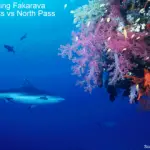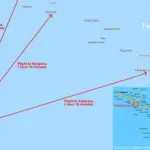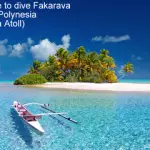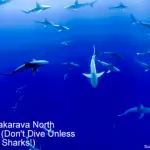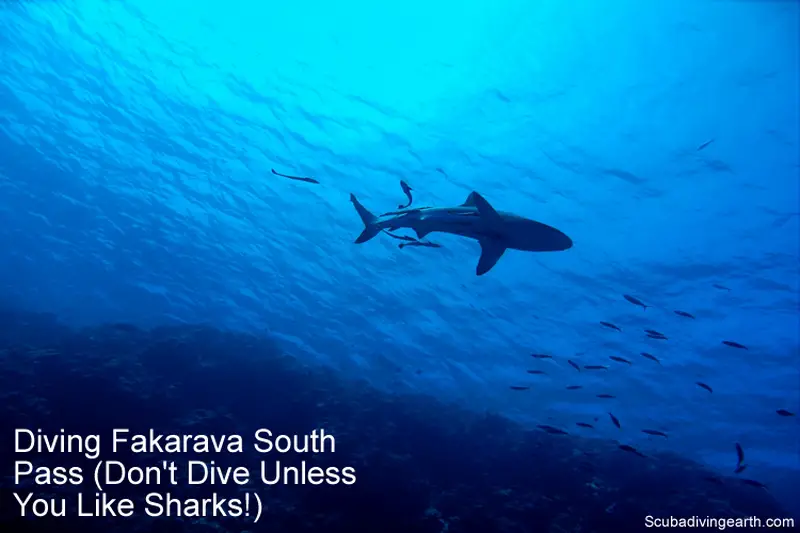
The top dive of Fakarava Atoll is diving the South Pass
If you are okay to scuba dive with sharks, then you’ll love scuba diving Fakarava South Pass. But if the thought of shark diving scares you don’t do it. But then again, if you were to trust that it is actually safe to scuba dive with sharks, you’ll discover a whole new scuba diving experience.
Scuba diving Fakarava South Pass is one you’ll share with hundreds of sharks. Plus marbled grouper in their thousands. Top dive Fakarava is best dived from a Polynesian liveaboard. It’s just about diving with sharks, as it’s a UNESCO Biosphere Reserve and a garden of Eden with abundant of sea life.
To dive Fakarava by liveaboard, follow this link to Polynesia liveaboards.
The best way to dive the Fakarava is by a scuba diving liveaboard. You can check the latest and best deals on a Polynesia liveaboard using the following window:
Where is Fakarava Atoll?
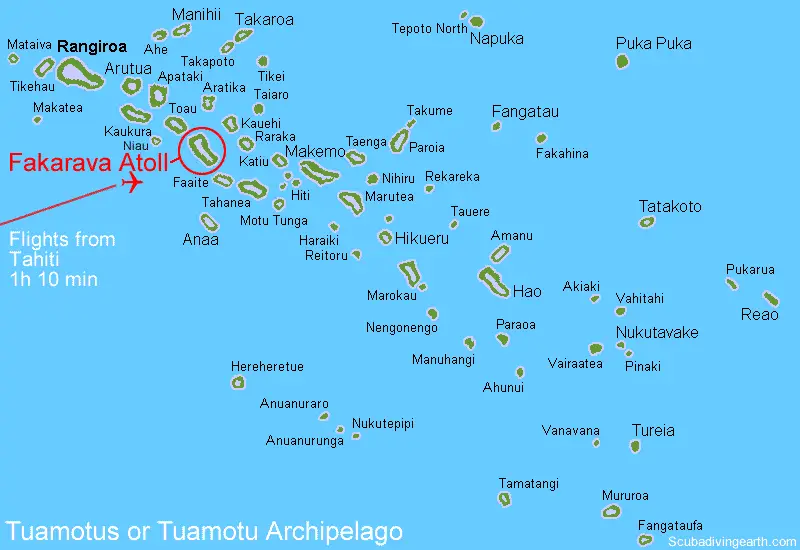
- Special Atoll Fakarava is in the middle of the Pacific Ocean.
- Fakarava is a part of French Polynesia.
- It has been designated an UNESCO Biosphere Reserve.
- This reserve is for the preservation of rare species, including the proliferation of sharks.
- The sharks in this biosphere reserve are protected. Which means they are safe from fishing and from becoming part of the Chinese delicacy shark fin soup.
- Fakarava is one of seven atolls situated in the Tuamotu Archipelago.
- It is around 360 kilometres (225 miles) north east of Tahiti.
- Fakarava is the second largest atoll in Tuamotus, where the largest is Rangiroa.
- The Atoll of Fakarava does have villages.
- The main village which has an airport is Rotoava.
- Flights from Tahiti to Rotoava takes about one hour ten minutes.
- There’s not much on Fakarava Atoll and the main income of the islands is scuba diving.
- There are two scuba diving resorts on the Atoll itself.
Top dive Fakarava French Polynesia – Diving Fakarava South Pass
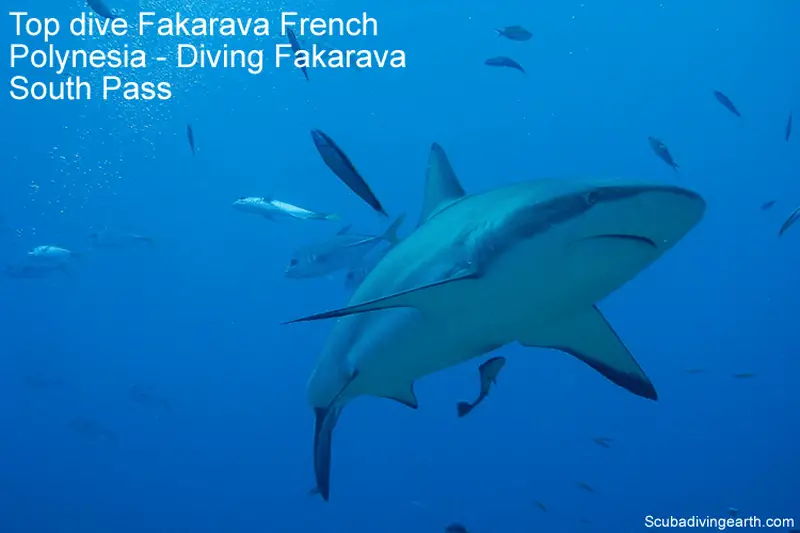
Scuba diving is taken an all-time-high when you immerse yourself with hundreds of sharks. This experience is possible on Fakarava top dive site. This is where large shoals of grey reef sharks hang out.
Scuba diving Fakarava South Pass is normally dived as a drift dive. This is the smaller of the two main passes of Fakarava Atoll
The Fakarava Southern Pass is locally known as Tumakohua and is at Tetamanu. It is about 200 metres (656 feet) wide. This is compared to scuba diving Fakarava North Pass which is 1,600 metres (5,249 feet) wide. The currents in Tumakohua are more gentle than in the North pass.
It is said to hold upwards of 700 sharks at its peak period. But also there is the largest population of spawning Marbled Grouper too. When this annual spawning happens this is one of the best times to scuba dive Fakarava South Pass.
Not only is it possible to experience the spawning (although this happens at night), but you’ll experience hundreds of grey reef sharks feasting on the grouper.
Every year in June time when it’s full moon, 10,000+ grouper gather to partake in this great spectacle of nature.
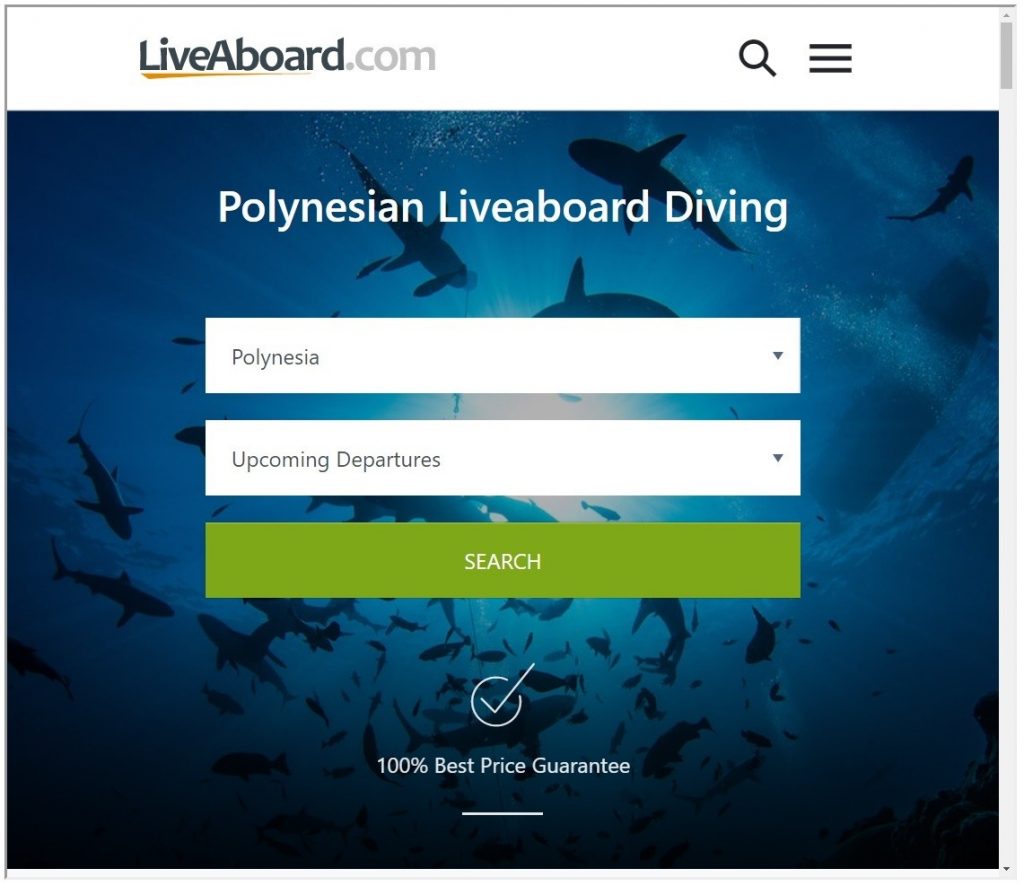
The other sharks can be seen around Fakarava include:
- Hammerhead sharks.
- Tiger sharks.
- Lemon sharks.
- Whitetip reef sharks.
- Blacktip reef sharks.
- Silky sharks.
But you’ll also experience many other underwater species. These include:
- Sea turtles.
- Rays, which includes manta rays.
- Eagle rays.
- Plus many other fish.
Drift diving Fakarava South Pass
The best way to experience and scuba dive Fakarava Atoll together with diving Rangiroa is by liveaboard boat.
As already noted above, there are dive two resorts on Fakarava. But as with all land-based resorts, diving is more restrictive. Day boats can only travel so far each day.
But a liveaboard can travel much further and among the other Tuamotus atolls too. Plus you get to do more dives on a liveaboard, with the option of night dives.
Having said that, Fakarava atoll is so stunning that some French Polynesia liveaboards spend their entire itinerary in its vicinity. So if this is your choice, then you may decide to stay on the pensions at Fakarava instead.
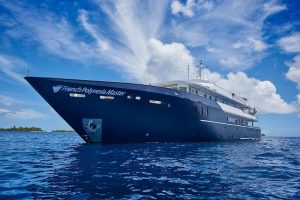
Before you venture out on a French Polynesian liveaboard, it’s also important to have a good amount of diving experience under your belt.
Currents through the atolls can be extremely strong, and may require the use of reef hooks.
Also, the Polynesian authorities have strict regulations for diver safety.
For example, even if you have a deep diver certification you are not permitted to dive deeper than 30 meters (100 feet), unless you’re a PADI Rescue Diver.
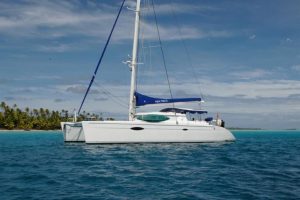
Most of the Polynesian liveaboards require at least Advanced Open Water certification.
But also you usually require at least 50 logged dives under your belt.
There are two liveaboard dive boats that travel to French Polynesia. These are the French Polynesia Master, Polynesia and the Aqua Tiki II, Polynesia.
Scuba diving Fakarava South Pass video
Below is a great video to give you a flavour of what it’s like to scuba dive Fakarava south pass.
Diving Tetamanu pass South Fakarava.
I hope you enjoyed this article about scuba diving Fakarava South Pass
I’d love to hear from you. Tell us about your adventures of diving and snorkeling, in the comments below. Please also share your photos. Either from your underwater cameras or videos from your waterproof Gopro’s!
If this article hasn’t answered all of your questions. If you have more questions either about snorkeling or types of scuba diving (or specifically about scuba diving Fakarava South Pass), please comment below with your questions.
There will also be many more articles about scuba diving (and snorkeling) for you to read and learn about these fabulous sports.
Have fun and be safe!

